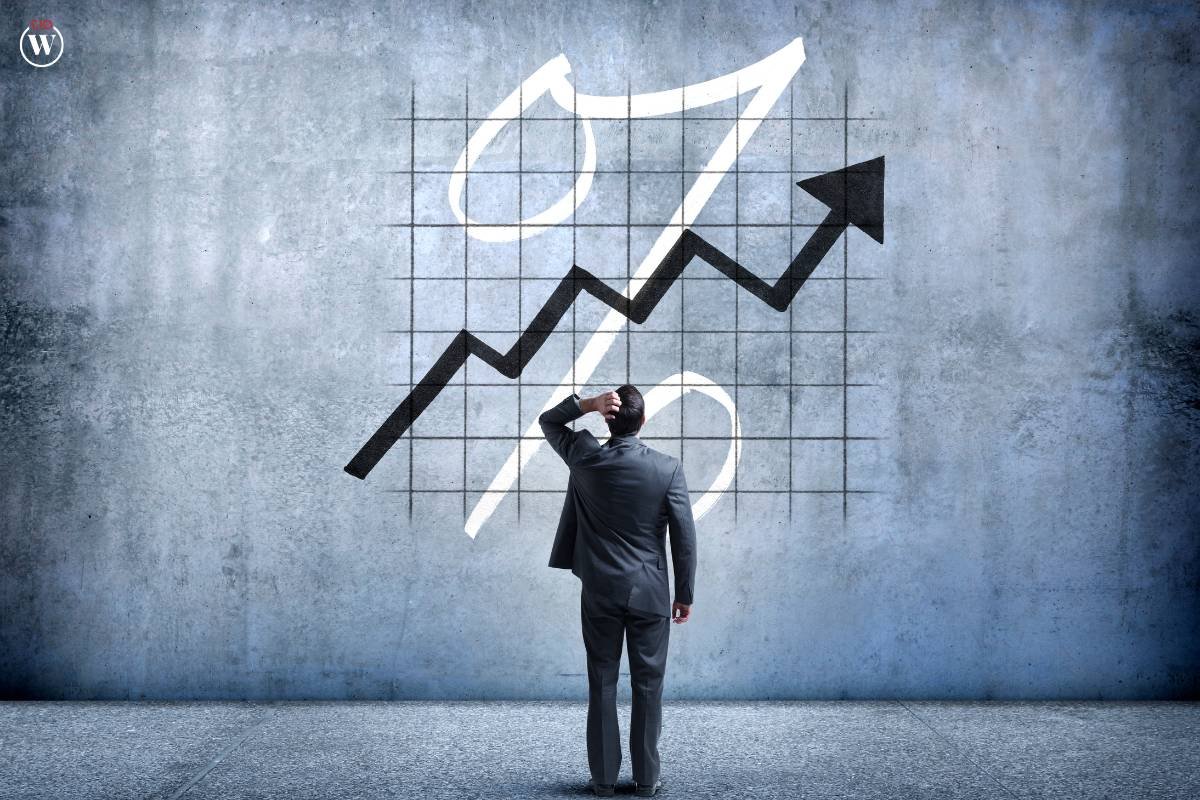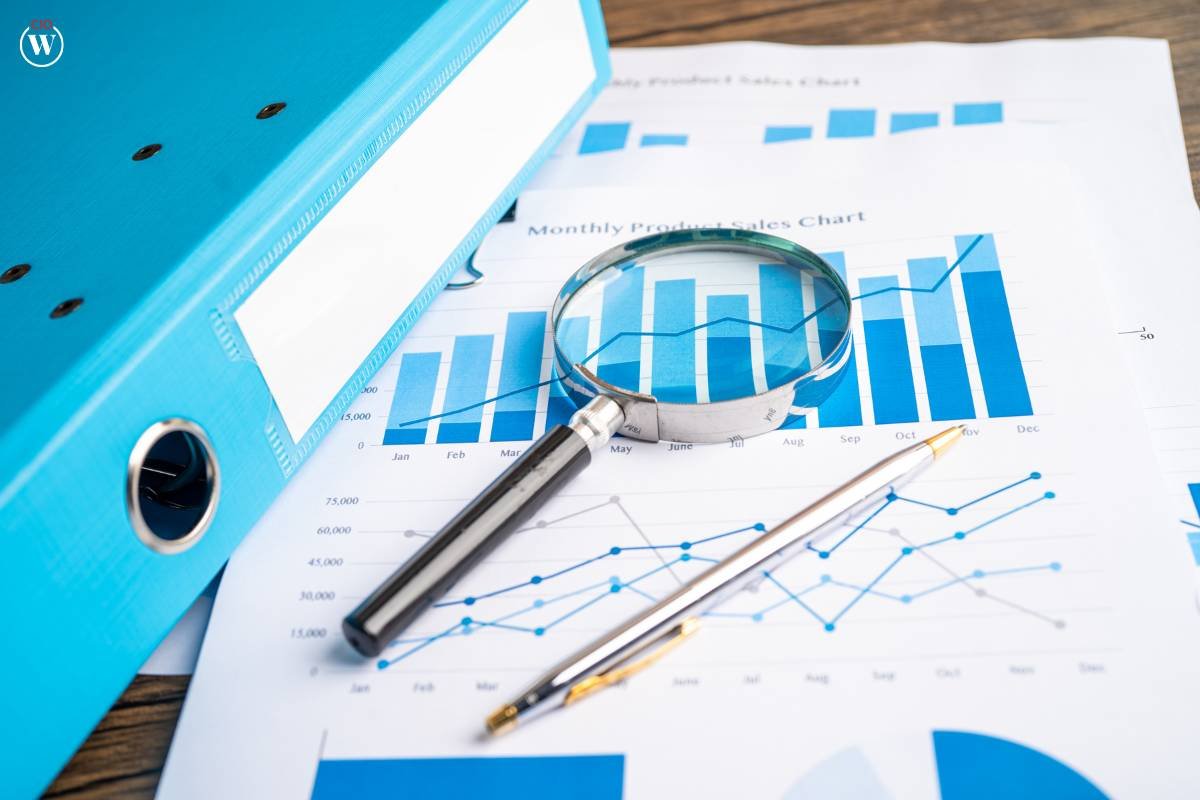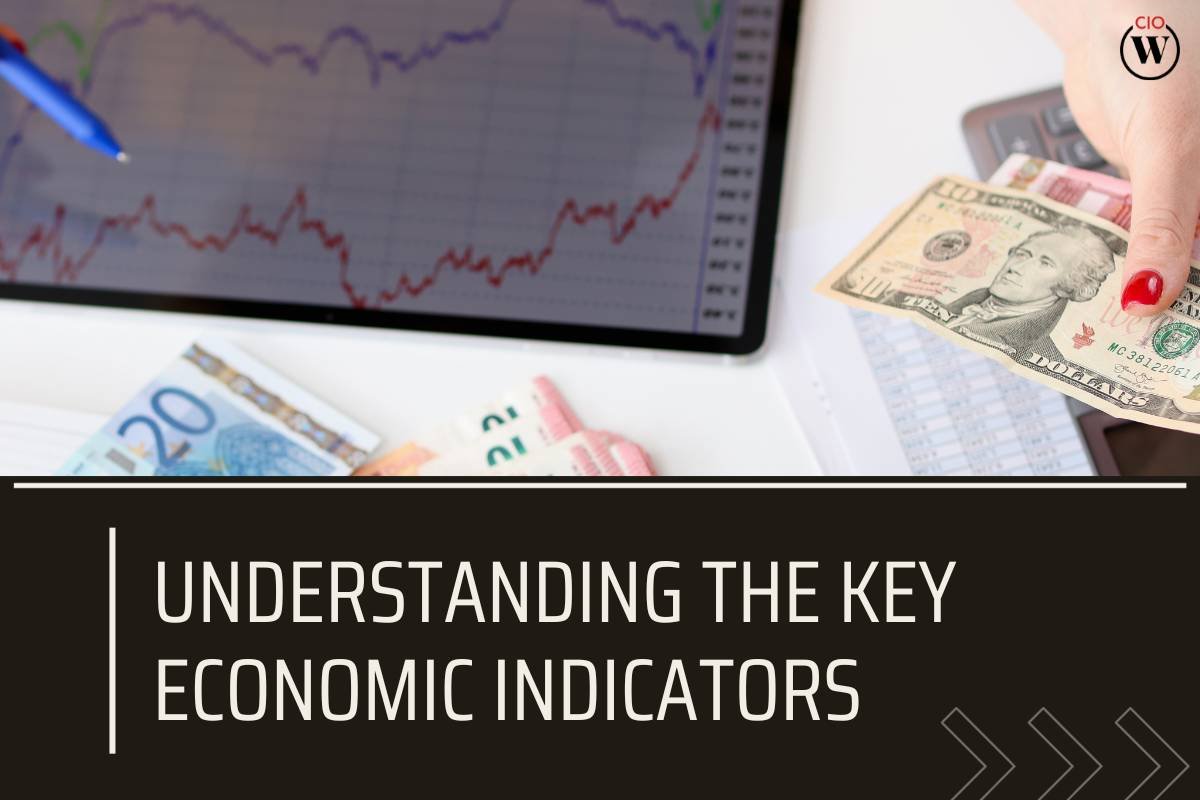Economic indicators play a crucial role in helping individuals, businesses, and policymakers navigate the complex landscape of a country’s economic health. These indicators provide valuable insights into the overall performance and direction of an economy, influencing financial decisions, investment strategies, and government policies. In this comprehensive guide, we will delve into the significance of indicators, their types, and how they impact various stakeholders.
What Are Economic Indicators?
Economic indicators are statistical metrics used to assess and measure various aspects of a nation’s economy. These indicators are essential tools for economists, analysts, and policymakers as they offer a snapshot of economic activity and help in predicting future trends. The information derived from economic indicators enables stakeholders to make informed decisions, anticipate economic changes, and formulate strategies for sustainable growth.
Types of Economic Indicators
- Leading Indicators: These indicators provide early signals about the future direction of the economy. Examples include stock market performance, building permits, and consumer confidence. Leading indicators are crucial for anticipating economic trends before they become apparent in broader economic data.
- Lagging Indicators: Lagging indicators confirm long-term trends and are only recognizable after an economic trend or pattern has been established. Unemployment rates and corporate profits are examples of lagging indicators, reflecting changes that have already occurred.
- Coincident Indicators: Coincident indicators move in tandem with the overall economy, offering real-time insights into its current state. GDP, industrial production, and employment are common examples of coincident indicators.
The Importance of Economic Indicators
Economic indicators serve multiple purposes, playing a pivotal role in understanding, analyzing, and predicting economic conditions. They contribute to:
- Informed Decision-Making: Businesses use economic indicators to make strategic decisions regarding production, investment, and hiring. Investors rely on these indicators to identify potential opportunities and risks in financial markets.
- Policy Formulation: Governments use economic indicators to formulate and adjust monetary and fiscal policies. For instance, central banks might use inflation data to set interest rates, while fiscal policymakers may adjust government spending based on GDP growth.
- Market Analysis: Traders and financial analysts closely monitor economic indicators to gauge market sentiment and identify potential trends. The stock market, bond market, and commodity markets are all influenced by economic indicators.

Key Economic Indicators
- Gross Domestic Product (GDP)
GDP is arguably the most widely recognized economic indicator, representing the total value of all goods and services produced within a country’s borders over a specific period. It provides a comprehensive overview of a nation’s economic health and growth. A growing GDP is generally associated with a thriving economy, while a declining GDP may indicate economic contraction.
- Unemployment Rate
The unemployment rate measures the percentage of the labor force that is unemployed and actively seeking employment. High unemployment rates can signal economic distress, while low rates often indicate a robust job market and overall economic health.
- Consumer Price Index (CPI)
CPI measures the average change over time in the prices paid by consumers for a basket of goods and services. It is a crucial indicator of inflation, reflecting the purchasing power of a currency. Central banks use CPI data to set monetary policies and control inflation.
- Producer Price Index (PPI)
PPI measures the average change over time in the selling prices received by domestic producers for their goods and services. It provides insights into inflationary pressures at the producer level, affecting the prices consumers ultimately pay.
- Interest Rates

Central banks use interest rates as a tool to control inflation and stimulate or slow down economic activity. Changes in interest rates impact borrowing costs for consumers and businesses, influencing spending and investment patterns.
- Trade Balance
The trade balance reflects the difference between a country’s exports and imports. A trade surplus occurs when exports exceed imports, indicating a positive balance, while a trade deficit signals that a country is importing more than it is exporting.
- Consumer Confidence Index
Consumer confidence measures the level of optimism or pessimism among consumers about the state of the economy. High consumer confidence is often associated with increased spending, while low confidence may lead to reduced consumer expenditures.
Interpreting Economic Indicators
Understanding economic indicators involves more than simply looking at the numbers. Interpretation requires considering the interplay of multiple indicators, historical context, and the broader economic environment. Here are key factors to consider:
- Context Matters
Examining economic indicators in isolation may provide a skewed perspective. It’s essential to consider the broader economic context, historical trends, and the impact of external factors such as geopolitical events and natural disasters.
- Leading vs. Lagging Indicators
A combination of leading and lagging indicators offers a more comprehensive view of economic conditions. Leading indicators provide early signals while lagging indicators confirm trends. Analyzing both can help in making more accurate predictions.
- Comparative Analysis
Comparing economic indicators across different time periods and countries provides valuable insights. Understanding how an economy performs relative to its historical performance or comparing it to other economies can highlight strengths, weaknesses, and potential areas for improvement.
- Economic Indicators and Globalization
In an interconnected world, economic indicators are not confined to national borders. Globalization has led to increased interdependence among economies, making it essential to consider international economic indicators.
- Global Economic Indicators
Global economic indicators, such as the Global Purchasing Managers’ Index (PMI) and the World Trade Organization’s forecasts, offer insights into the overall health of the global economy. These indicators are crucial for businesses with international operations and investors with a diversified portfolio.
- Impact of Global Events
Economic indicators can be significantly influenced by global events, such as financial crises, pandemics, or trade wars. For example, the 2008 global financial crisis had far-reaching effects on economies worldwide, underscoring the importance of a globally aware approach to economic analysis.
Challenges and Criticisms
While economic indicators are invaluable tools, they are not without challenges and criticisms. It’s important to be aware of these limitations to make more informed decisions based on economic data.
- Data Lag

One of the primary challenges is the lag between data collection and release. Economic indicators are often published with a time delay, making it challenging for stakeholders to respond quickly to emerging trends.
- Incomplete Picture
No single economic indicator provides a complete picture of an economy. Relying solely on GDP, for instance, may overlook important nuances in employment, inflation, or income distribution.
- Quality of Data
The accuracy and reliability of economic data depend on the quality of data collection methods. Inaccuracies or inconsistencies in data can lead to flawed analyses and misguided decisions.
Conclusion
In conclusion, economic indicators are indispensable tools for understanding the dynamics of an economy. From leading indicators that provide early warnings to lagging indicators that confirm trends, each plays a vital role in shaping economic decisions. Businesses, investors, and policymakers alike must navigate the challenges and criticisms associated with economic indicators while recognizing their significance in fostering informed decision-making.
As we continue to navigate the complexities of the global economy, a comprehensive understanding of economic indicators remains essential. By staying informed, interpreting data with nuance, and considering the broader economic context, stakeholders can position themselves to adapt to changing economic conditions and contribute to the overall well-being of their communities and nations. Economic indicators are not just numbers; they are the pulse









